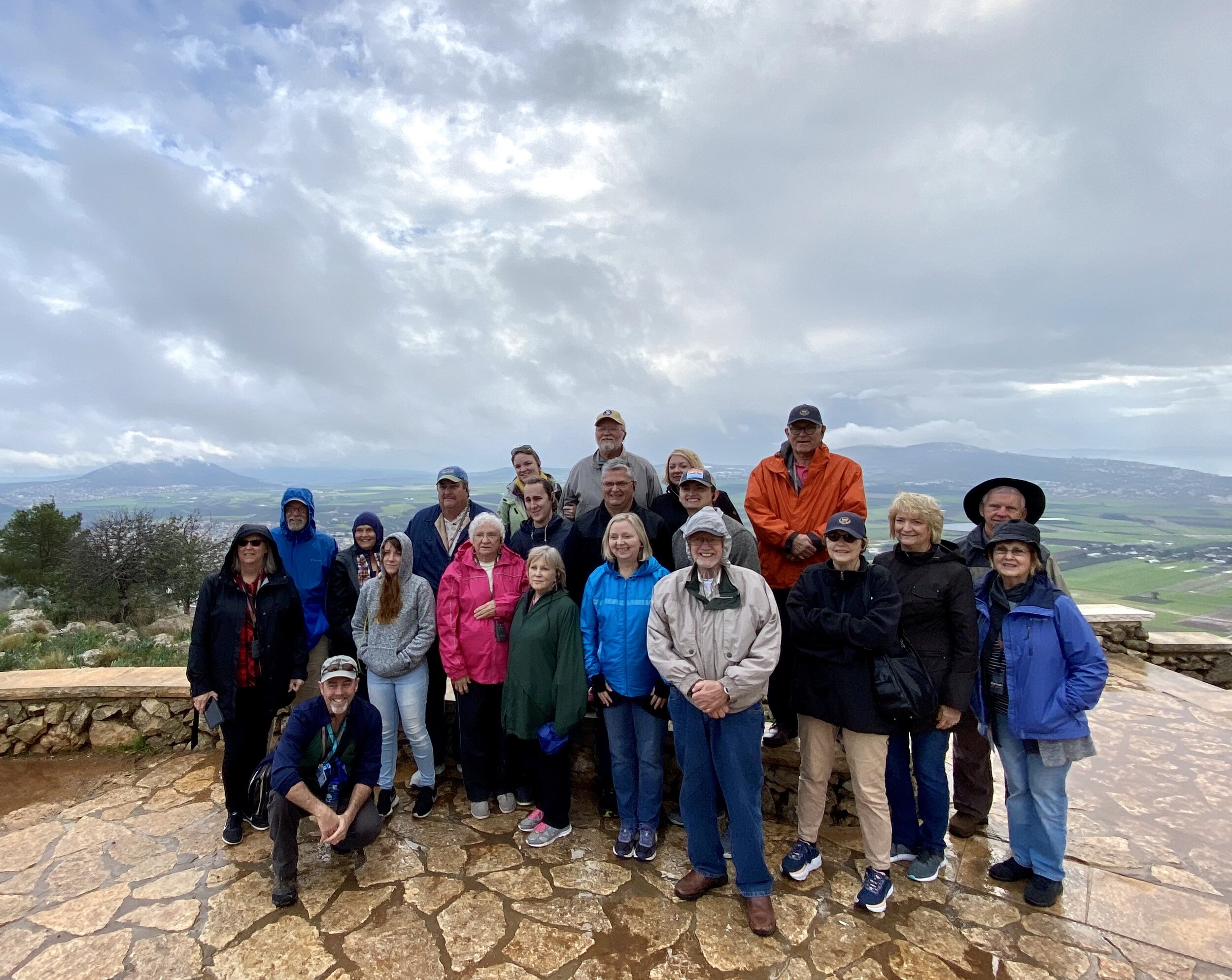We are pleased to provide a link to some of the media that we took while you were on tour! Feel free to download what you see and use among your family and friends. We will be posting some video footage once we get back home.
January 14 • Tuesday
Travel to Be’er Sheva in the Negev as the beginning of the wilderness journey.
January 15 • Wednesday
NORTHERN NEGEV: After an Israeli style breakfast we will begin our Wilderness experience with a glimpse at shepherding in the southern Judean hill country with a visit to ancient Arad (Num. 21) and Be’er Sheva (Gen. 21-26) to discuss many aspects of life during Abraham’s day. This afternoon we will ponder some of the facets of biblical rock and water imagery as we hike through the beautiful Zin Canyon (Num. 20). Other sites will include Avdat, the principal farming center of the ancient Nabateans. First of 2 overnights at the Leonardo Plaza Hotel, Eilat on the Red Sea.
January 16 • Thursday
In Petra.
January 17 • Friday
THE ARAVAH VALLEY (Lower Jordan): This morning we will travel north through the Aravah Valley to Timna, a fascinating copper mining district used during Egyptian and early Israelite periods. From here we will continue north to the shores of the Dead Sea and take time for a float in the most unique waters at the Dead Sea. Overnight on the Dead Sea, David Resort Hotel, En Bokek (an ancient resort first developed by Herod the Great).
January 18 • Saturday
THE JUDEAN WILDERNESS: We will begin our day at Masada, the imposing fortress palace built by Herod the Great. Here in the southern Judean wilderness we will consider one of the disasters of the Zealot Revolt against Rome during the final moments of their struggle. We will also visit the area of En Gedi, the region where David hid from Saul (I Sam. 24). At Qumran we will discuss the site where the famous Dead Sea Scrolls were first discovered in 1947. From here we will continue north up the Jordan Valley to the Sea of Galilee. First of 4 nights at Nof Ginosar Hotel.
January 19 • Sunday
COASTAL PLAINS and LOWER GALILEE: After an Israeli style breakfast, we will follow one of the main land passages along the Eastern Mediterranean, which connected the super powers of the ancient world. Our study themes will include trade and commerce from the days of Herod the Great and his seaport project at Caesarea. Here we will discuss some of the conflicts between Gentiles and Jews during the first centuries B.C. and A.D. We will reflect on the conversion of Cornelius (Acts 10) and the subsequent emergence of Christianity into the non-Jewish communities. Later we will travel to Mt. Carmel to consider Elijah and the dramatic Baal confrontation (I Kings 18) and through the Jezreel Valley and to Nazareth, the boyhood home of Jesus. Our day will end with a scenic overview of the Sea of Galilee.
January 20 • Monday
UPPER GALILEE AND GOLAN: This morning we will journey to Israel’s border with Lebanon at the base of Mt. Hermon to enjoy the nature along the bountiful springs that form the upper Jordan River. We will consider the extent of Jesus’ ministry in this northern part of the country. Sites will include: Tel Hazor, Tel Dan Nature Reserve, Banyas Falls (Ps. 42) and Banyas (Caesarea Philippi, Matt. 16), overviews of Lebanon and Syria and more.
January 21 • Tuesday
AROUND THE SEA OF GALILEE: Today we will explore the deeper teachings of Jesus as he ministered in the Sea of Galilee region. In this beautiful setting we will give attention to various texts and traditions from his day, including the curious rabbinical technique of ‘pearl stringing.’ Sites will include: Capernaum, Chorazin, the traditional area of the Mt. of Beatitudes, Tabgha (traditional location for John 21), an ancient boat museum and a boat ride on the Sea of Galilee and more.
January 22 • Wednesday
JORDAN VALLEY TO JERUSALEM: This morning we will leave the Galilee and journey down the Jordan Valley to Jerusalem. Along the way we will view the principle city of the Decapolis, Scythopolis (or Beit Shean) where we will experience the capital of the Decapolis region. Here we will give some thought to some of the major impediments that interrupt the Gospel message from penetrating the Gentile world. We will finish our day with an overview of Jerusalem from the Mt. of Olives.
January 23 • Thursday
Today we will consider some of the most important historic and religious sites for Jews, Muslims and Christians. We will begin our day at the famous Western Wall, which is an open-air synagogue for the modern Jewish community. Afterwards we will ascend the nearby Temple Mount of Herod the Great, now also a sacred site for Muslims. From here we will walk along the traditional Via Dolorosa to the Church of the Holy Sepulcher, the prize of orthodox Christianity. Sites along this way will include the Pools of Beit Zaita (John 5). We will also walk down of the Mt. of Olives to Gethsemane.
January 24 • Friday
We will begin our morning at Yad ve Shem (Isaiah 56) the Holocaust memorial to remember the human tragedy and pain which preceded the birth of the modern nation of Israel. We will also view the Knesset and the famous Menorah. From here we will take time for the Israel Museum and the Shrine of the Book, where many Dead Sea Scrolls are on display. Here we will also view a model of Jerusalem from the Second Temple period. This afternoon we will take an overview of the City of David, and consider some of the archaeological remains from period of the Davidic monarchy.
January 25 • Saturday
Our journey today will take along some of the scenic heights of the Judean hill country to gain perspectives of important approaches to Jerusalem during biblical times. We will view the Central Benjamin Plateau to the north and the area of Bethlehem to the south. In the Shphelah region (lower Judean foothills) we will see important battle sites such as between David and Goliath in the Elah Valley (I Sam. 17) and the region of Samson (Beit Shemesh). We finish our day in the region of lower Bethlehem in Shepherd’s Fields (traditional site) to consider the announcement of Jesus’ birth.
January 26 • Sunday
During our journey today inside the walled Old City and its enchanting quarters we will inspect several important archaeological sites from Jesus’ day. One of these will be a wealthy high priest’s home (possible house of Caiaphas). We will conclude our time at the exciting Southern Wall Excavations (or Ophel Gardens), where some key New Testament passages are easily reconstructed such as events from the Acts 2. (other likely sites this day will include one of the traditional churches related to Peter’s denial of Jesus and the beautiful Garden Tomb for a tour and communion).

